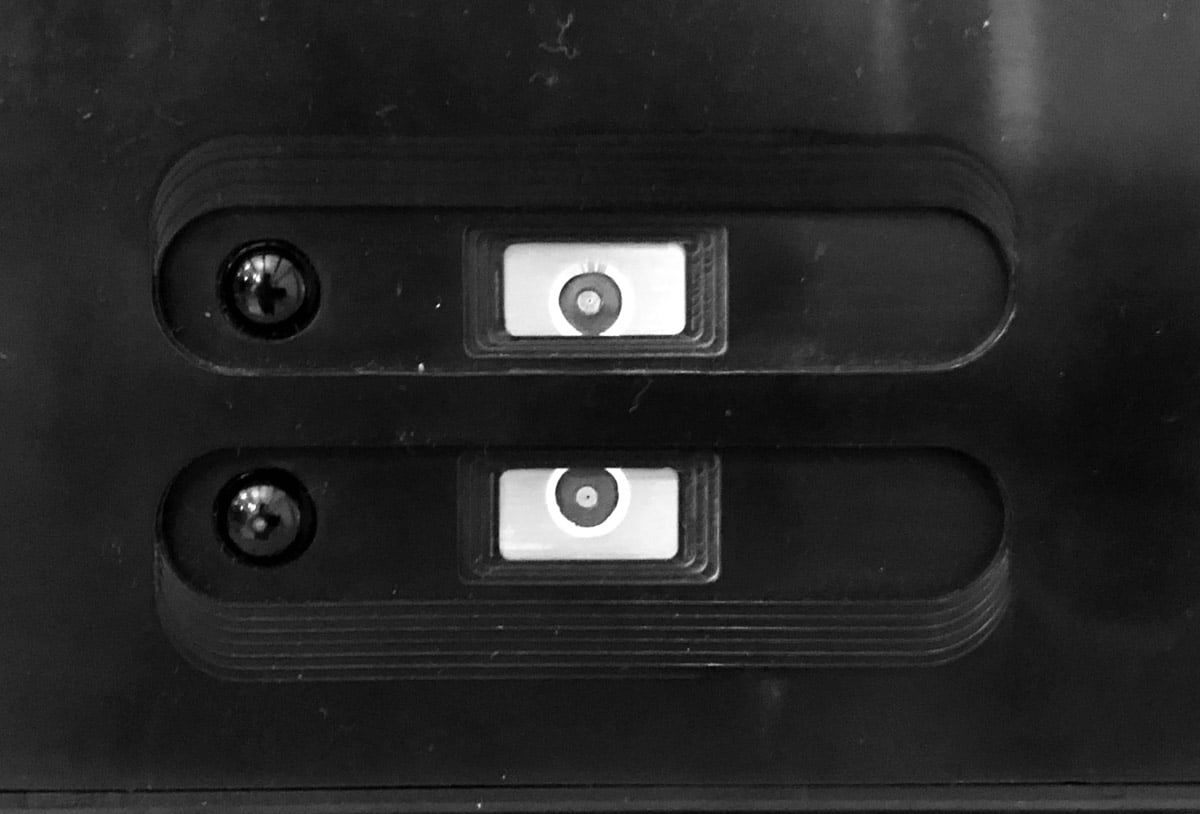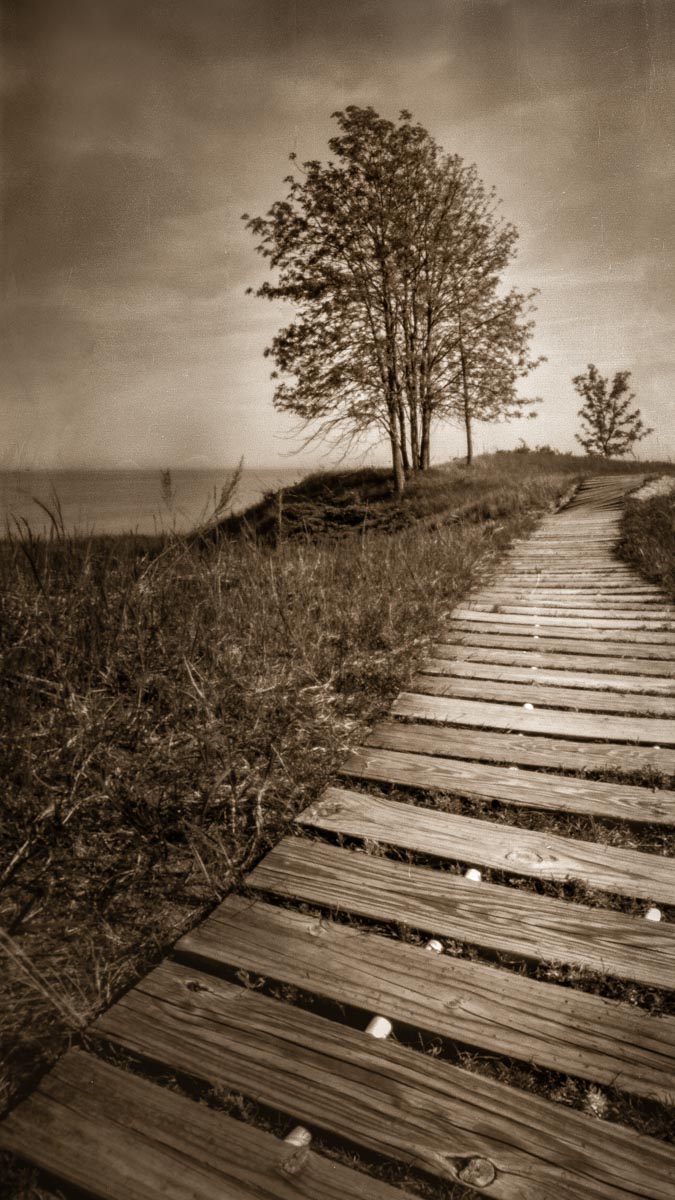I have been using digital cameras for the past 20 years. Like many of us, my love of photography began when I was a young using a little Kodak Brownie camera. As an adult, I bought a Pentax K1000 and a couple of lenses on sale at the local Kmart. When digital hit the scene I jumped on the bandwagon with a Kodak Easy Share and the gear acquisition began!
I still enjoy using my Canon and Fuji cameras. However, the thousands of lovely images on social media pummeling my senses every day began to bore me. I began to experiment by taking the lens off (free lensing) my camera and holding it near the mount, using intentional camera movement, multiple exposures and the like.
Those techniques are fun and endlessly creative. I like the loss of perfect control and the surprising results you can never replicate. I began to long for the good old days of analogue photography where you can never be completely sure what image will appear until you develop the film. So, I dusted off my Pentax and loaded up some 30 year-old film in the camera.
The loud click and the guessing about exposure due to a dead light meter made it all the more enjoyable. I even loved the very grainy and subdued results.
I then stumbled upon some pinhole images made by the photographer Paul Mitchell and I was hooked. I did a little more research and discovered photographers creating unique and interesting images using everything from a matchbox to beautiful wooden cameras costing hundreds of pounds. I even saw photos made using an apple! I loved the aged look, the grain and soft focus, and the mystery this type of photography can achieve.
I had to give it a try.
A friend of mine has the RealitySoSubtle 6×12 pinhole camera, which is manufactured in France by James Guerin. James is originally from Ireland and began Au Premier Plan in 2011. I liked the moderate panoramic format and the quality of his images so decided to purchase this model.





While I have acquired three more pinhole cameras in the last two years, this one remains my favorite. Not that it has been an easy road. I have made every mistake a novice “pinholer” can from double exposing to not keeping the exposed film rolled tightly, to winding the film on incorrectly.






My camera initially had two serious issues. The first was a light leak, which James corrected by sending me a cover for the film viewing window. The second was a broken plastic piece that provided tension on the film inside of the camera. I did not realize this had happened and I had terrible issues winding the film forward. I wasted a couple of rolls before I realized what was wrong. James replaced this with a much better medal part and cleaned the camera for free. It now works perfectly. I believe he has implemented the upgrades in the newer versions of this model. The customer support by James is very good.
This camera is built to last. James constructs the 6×12 using CNC technology in his workshop. The camera body is in two parts held together with four very sturdy clasps. It takes 120 film and you get 6 images to a roll. Here are the specs:
Format: 120 film
Negative size: 56 x 123mm
Focal Length: 60mm
Angle of view: 120 degrees
F-stop: f/200
Pinholes: 2x laser drilled 0.3mm – one each for rise and fall effects
I really love the results when you compose an interesting image and expose it well. I always use a tripod or support because the slide mechanism to open the aperture would be difficult to do handheld without shaking the camera. Even with a tripod, this can be tricky.
I use the technique of holding my finger over the opening as I slide the plate and then quickly move my finger away when I am ready to start the exposure. It has very nice features such as a guide for the film path inside the camera, and parameter guides on the outside of the camera to help you compose your photo. You can also get a rectangular card window frame to help you compose the picture.






There are two things that can lead to hair pulling and swearing. It is not easy to see the film numbers in the viewing window through the red material. If the area you are working in is poorly lit this is a challenge and you don’t really want to be shining a bright light into the window and possibly cause light leaks.
The other challenge, in the beginning, is winding on the film. It is threaded around recessed bars in tight quarters behind the film reels. You eventually get good at manoeuvring but if you have large or stiff fingers I advise using a small long-handled tweezer or the like to help you.
There are pinhole cameras that may be simpler to use right out of the box but I think the RSS 6×12 is excellent in its build, the unique images you can make, and a bonus is the good service provided by James Guerin.
~ Wendy
Share your knowledge, story or project
The transfer of knowledge across the film photography community is the heart of EMULSIVE. You can add your support by contributing your thoughts, work, experiences and ideas to inspire the hundreds of thousands of people who read these pages each month. Check out the submission guide here.
If you like what you’re reading you can also help this passion project by heading over to the EMULSIVE Patreon page and contributing as little as a dollar a month. There’s also print and apparel over at Society 6, currently showcasing over two dozen t-shirt designs and over a dozen unique photographs available for purchase.













3 responses to “Camera review: the RealitySoSubtle 6×12”
Love mine.
Your link is dead.
I really enjoy my RealitySoSubtle 6×12. I have the rise model, but sometimes I wish the film gods would add the filter model to my collection.
Your images really capture the abilities of the camera.